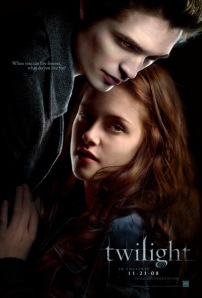Judy Blundell’s 2008 National Book Award-winning title, What I Saw and How I Lied is one of the most atmospheric books I’ve read in a while. Creating a book that has mood so intense it feels tangible is quite an achievement, and I find this quality to be a rare thing. There are lots of books with memorable characters and smart plots, but not always such strong atmosphere. What I Saw and How I Lied drew me in and made me tune out the rest of the world. Always a good sign!
Evie’s stepfather Joe has returned from serving in WWII and he’s almost the same fun-loving, good-hearted man he used to be. Just before the end of the summer, out of nowhere Joe suggests a trip to Palm Beach and Evie and her drop-dead beautiful mother Bev are thrilled by the idea. When they arrive in Florida after a cross-country drive, however, they realize it’s the off-season, and Palm Beach is practically a ghost town. The hotel is a little worn around the edges, there are hardly any guests and Evie and Bev find it hard to mask their disappointment. Enter Peter Coleridge, a gorgeous ex-G.I. who just happens to know Evie’s step-father and just happens to be holidaying in Palm Beach too. From the start, Peter charms Evie and her mother, and his presence seems to put Joe on edge. It doesn’t take long for the tension to build and it becomes clear that everyone in the familiy is keeping secrets. Evie tries to take it all in and figure out what is happening behind the scenes, and the more she looks, the more she starts to realize that the adult world is built precariously on deception and mystery.
There’s something old-fashioned in feeling about this story – could be the fact that it takes place in the 40s, and there is slang peppered throughout that reminds readers of the time and place. All in all, it just feels classy. As much as I’ve heard people comment that the plot is what gets them, that it has a page-turning quality, I’d have to say that I found the novel quite character-driven. Evie is entirely believable and real as she is at that moment of being so tired of being seen as a little girl and just wanting to grow up already. I loved the way Blundell hinted to readers at what was coming always just a bit before Evie began to piece things together. Keeping readers more “in-the-know” than the main character can be an appealing narrative technique, and it worked wonderfully here. And the end – oh the twisty turny just right ending. You’ll love it.
Extra points for cover perfection. So noir. So glam. So mysterious. Read this to infuse a little drama into the daily grind.
Here’s an interview with Blundell by Daniel Handler (aka Lemony Snicket).
What I Saw and How I Lied is published by Scholastic.








